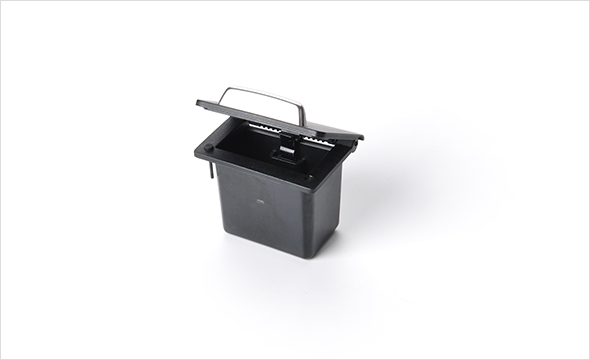
Project Information
- Name Example Theme Customize
Car Ashtray
Plastic injection-molded car ashtray parts are components used in the construction of ashtrays installed in vehicles. These parts provide a convenient and designated space for passengers to dispose of cigarette ashes and butts while traveling. Here are some key features and components of injection-molded car ashtray parts:
- Ashtray Body: The main body of the ashtray, typically molded as a single piece or multiple components assembled together. It provides the primary receptacle for holding ash and cigarette butts.
- Lid or Cover: Many car ashtrays feature a lid or cover to conceal the contents and prevent odors from escaping when not in use. The lid may be hinged or removable for easy access to the ashtray interior.
- Snuffer Plate: A snuffer plate is often integrated into the ashtray design to extinguish cigarette butts and prevent smoldering. It may be a separate component or molded as part of the ashtray body.
- Spring Mechanism: In ashtrays with a hinged lid, a spring mechanism is commonly used to facilitate smooth opening and closing of the lid. The spring may be molded directly into the ashtray body or housed in a separate component.
- Mounting Features: Injection-molded ashtray parts may include features for mounting or securing the ashtray to the vehicle’s interior, such as clips, brackets, or screw holes.
- Seals or Gaskets: To prevent smoke or odors from escaping, some ashtrays may include molded-in seals or gaskets around the lid or other openings. These seals help maintain a clean and odor-free environment inside the vehicle.
Injection molding is an ideal manufacturing process for car ashtray parts due to its ability to produce complex shapes with high precision and consistency. Common materials used for injection-molded car ashtray parts include heat-resistant engineering plastics such as ABS (Acrylonitrile Butadiene Styrene), polycarbonate, or polypropylene. These materials offer excellent durability, resistance to heat and chemicals, and ease of maintenance, making them suitable for automotive interior applications.


